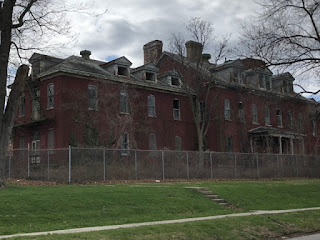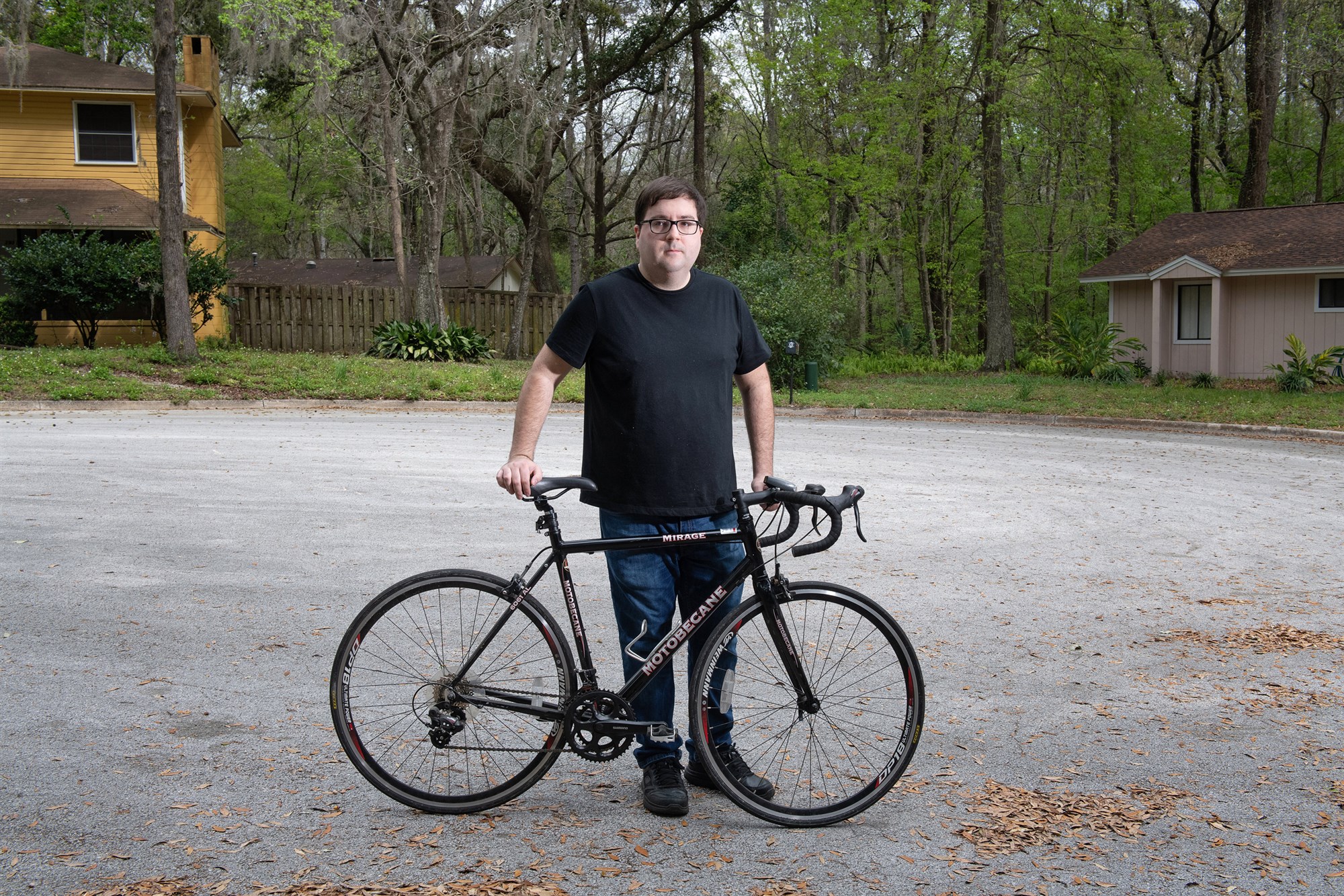Whenever I look, wherever I tune in, someone is writing or talking about how the COVID-19 epidemic is changing, or will or could change, some aspect of the world.
As an example, many people who still have jobs are working online. It's hard not to imagine that some of those jobs will permanently shift online, or become hybrids, if you will. On the other hand, many people who have lost their jobs have to wonder whether their jobs--or their employers--will return.
One benefit of this crisis, if you will, is that some people are starting to see the real inequities in the health care system. I am talking, of course, about the people who lost their insurance or never had it in the first place. I also mean that the epidemic is highlighting how people are treated differently by the health care insurers and providers based on their gender, race or other factors.
(Also, actual and would-be authoritarians are using the crisis for their own ends. Donald Trump is trying to do this; he's had little success--thankfully--because of the limited powers of the US presidency and his own ineptitude. But other leaders have found ways to use the crisis to disenfranchise or oppress groups of people, as Viktor Orban of Hungary did the other day when he used the epidemic as a pretext for ending legal recognition of transgender people.)
The virus is indeed changing the world. I find myself thinking about that as I ride, and see change all around me.
As I rode through East Harlem, I see the embers of a culture that once burned bright but has flickered away:
The area of East Harlem east of Third Avenue once held one of this city's--and nation's--largest Italian-American communities. I must say it's odd, to say the least, to see an engraved sign for an Italian commercial bank over a 7-11. Then again, it's still odd for me to see a 7-11 in a dense urban neighborhood.
I saw another sign of change a bit earlier, after I crossed the High Bridge from the Bronx into Manhattan and followed a path to a bluff.
That building in the distance, on the right--or what it housed--inspired one of the most famous films of the past 40 years. It also helped to saddle the Bronx with a reputation its leaders are trying to shed.
Inside those walls was the Four-Four: the 44th Precinct of the New York Police Department. Its nickname became the title of the movie I've mentioned: Fort Apache.
While it's hardly an elite part of town, the neighborhood of the Four-Four isn't exactly the one in Fort Apache, The South Bronx. Likewise, East Harlem isn't Little Italy, Uptown, and won't be what it is today for very long--whether or not COVID-19 has anything to do with it.
What will I see on a future ride?
As an example, many people who still have jobs are working online. It's hard not to imagine that some of those jobs will permanently shift online, or become hybrids, if you will. On the other hand, many people who have lost their jobs have to wonder whether their jobs--or their employers--will return.
One benefit of this crisis, if you will, is that some people are starting to see the real inequities in the health care system. I am talking, of course, about the people who lost their insurance or never had it in the first place. I also mean that the epidemic is highlighting how people are treated differently by the health care insurers and providers based on their gender, race or other factors.
(Also, actual and would-be authoritarians are using the crisis for their own ends. Donald Trump is trying to do this; he's had little success--thankfully--because of the limited powers of the US presidency and his own ineptitude. But other leaders have found ways to use the crisis to disenfranchise or oppress groups of people, as Viktor Orban of Hungary did the other day when he used the epidemic as a pretext for ending legal recognition of transgender people.)
The virus is indeed changing the world. I find myself thinking about that as I ride, and see change all around me.
As I rode through East Harlem, I see the embers of a culture that once burned bright but has flickered away:
The area of East Harlem east of Third Avenue once held one of this city's--and nation's--largest Italian-American communities. I must say it's odd, to say the least, to see an engraved sign for an Italian commercial bank over a 7-11. Then again, it's still odd for me to see a 7-11 in a dense urban neighborhood.
I saw another sign of change a bit earlier, after I crossed the High Bridge from the Bronx into Manhattan and followed a path to a bluff.
That building in the distance, on the right--or what it housed--inspired one of the most famous films of the past 40 years. It also helped to saddle the Bronx with a reputation its leaders are trying to shed.
Inside those walls was the Four-Four: the 44th Precinct of the New York Police Department. Its nickname became the title of the movie I've mentioned: Fort Apache.
While it's hardly an elite part of town, the neighborhood of the Four-Four isn't exactly the one in Fort Apache, The South Bronx. Likewise, East Harlem isn't Little Italy, Uptown, and won't be what it is today for very long--whether or not COVID-19 has anything to do with it.
What will I see on a future ride?

























